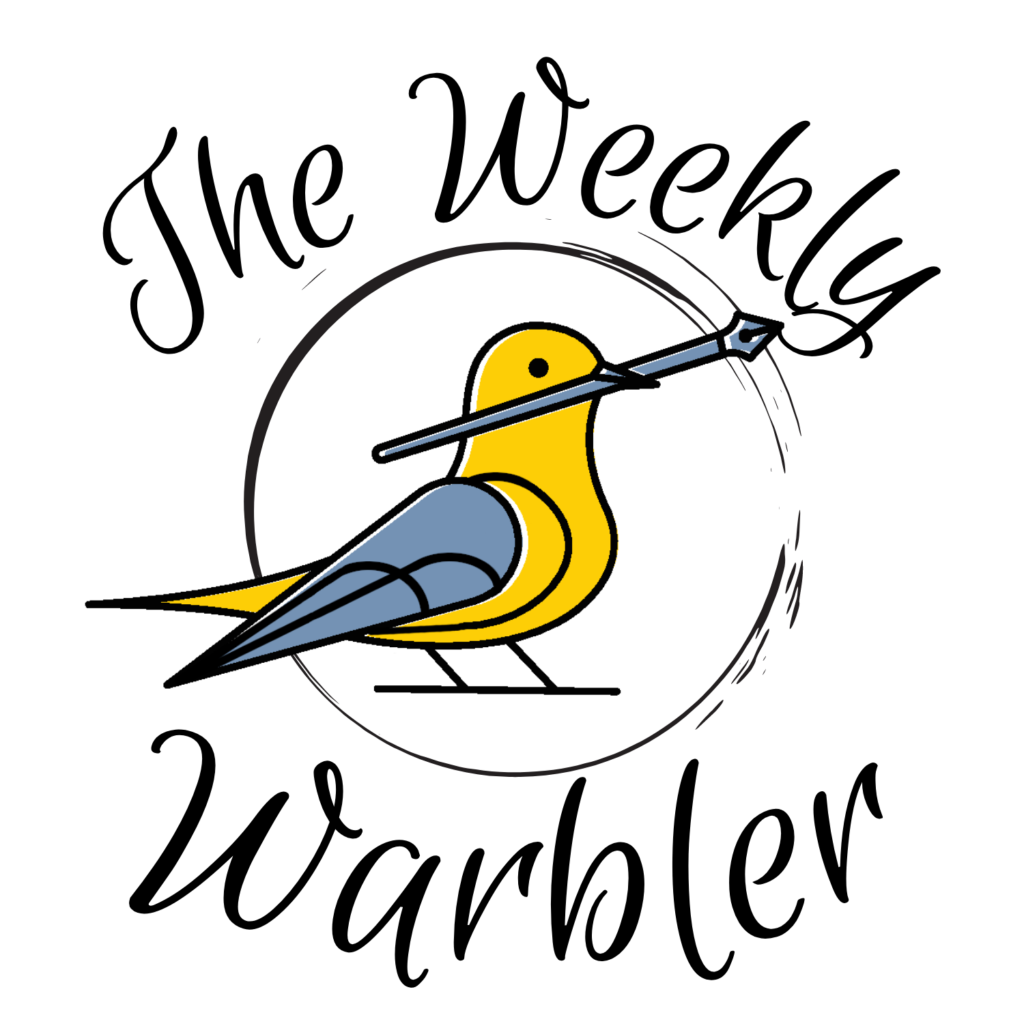Bird Research in Tropical Ecuador
Not too long ago I found myself in the middle of a mountainous jungle, carrying a white cloth bag with a very special surprise inside.
“We’ve got something really cool here everyone,” I said to the team as I gently opened the bag. When I pulled out what was inside, everyone erupted into a communal, wooooow.
It was probably one of my favorite birds of the entire region: A Masked Trogon. And I had the honor of holding it in my hand and putting a band on it.


What’s it like to participate in one of these projects? Why do we band birds anyways? And how can you get started with this type of work? Read on to find out!
The Road to Paradise
In November 2022, I found myself in Ecuador, a small but incredible country in South America that lies right on the Equator line. As I was taking a bus to the reserve, I stared in awe at the incredible landscape I was passing through.
The longest mountain chain in the world, the Andes mountains, runs through the heart of this country. The highlands are dry, cold, and windswept – much unlike what you would picture a tropical country to be like. But as you descend down the mountain, a rich jungle sprouts from the dry grass. These lush slopes are shrouded in a mysterious veil of clouds, creating a unique habitat for moisture-loving plants to thrive.




An array of vibrant flora adorned every tree. Giant bromeliads grew from every surface, lush green philodendron vines meandered up the trunks, and blooms of colorful orchids added a splash of color to this verdant landscape. Birds-of-paradise and tree ferns took up much of the understory, and mosses and lichens blanketed every surface. Aerial roots hung down from the tops of the trees like delicate vines, adding an element of enchantment to the already mystical landscape.




The stillness of the forest was broken up by the buzz of a hummingbird whizzing past, the sweet melody of birds hidden in the canopy, and the friendly chirps of the rain frogs sitting on their leaftop perches. The air here felt alive with the hum of nature.
Welcome to Mindo, Ecuador.
Reserva las Tangaras
The bus dropped us off at the entrance to Reserva las Tangaras, which means Tanager Reserve in English. This sanctuary is aptly named after the stunning array of vibrantly colored tanagers that call this area home.
Here I would meet the full team of bird enthusiasts! Everyone was incredibly awesome, and thank you for making my time in Ecuador a wonderful experience.

At the entrance to the reserve, we were met with our first big task: get our bags to the cabin. Which would seem easy if not for the long hike down the mountain and across a river.


The hike gave us all some time to do some birding. Yellow-throated Toucans greeted us with their far-carrying chirps from across the valley. A few mixed flocks swept across the road as we hurriedly tried to id them all before they moved along. And we were regaled with stories of the good old days in Mindo by the owner and leader of the project, Dr. Dusti Becker.
After our hesitant walk across the bridge, we were led to our accommodations: a rustic cabin next to the river, with a cozy mattress and mosquito net for each person. My favorite part of the reserve was the porch; it was always alive with the flitter of hummingbirds at the feeders, and you could easily spot toucans and colorful tanagers from the comfort of a chair.

The Setting of the Nets
After some birding and a quick refresher on bird banding, we started the process of setting up the station. My field leader for the first day was long-time Ecuadorian staff Mauricio. He could untangle a bird from the nets faster than anyone, and I quickly learned the Spanish words for pole (polo), cord (cuerda), and net (red).
We quickly set up a section of 10 large nets. Mist nets are the fastest and most efficient way to capture birds for banding, albeit a bit invasive for the birds. That’s why it’s important to work quickly and keep on top of checking the nets so no birds are left struggling for too long.


Once the nets were set up and closed, we returned the next day at dawn to start the action. We unrolled the nets at around 5:30 AM and started our net runs at around 6 AM.
And that’s when the fun would begin.
First Day Frenzy
The busiest time of day for any birder is the early morning. We already snagged quite a few birds after the first net run of the day. Under Mauricio’s expert guidance, we were taught the best way to quickly untangle each bird, from tiny hummingbirds to feisty finches. Untangling birds from the nets is the hardest job and it can be a daunting prospect. Once the birds were removed from the nets, they were placed in soft cloth bags to relax until it was their turn for measurements.


Back at the banding station, several teams were taking measurements and collecting data. Each bird would be taken out from the bag in a bander’s grip; two fingers placed on either shoulder, and the rest of the hand over the wings so they couldn’t fly away. They would then be fitted with their own custom jewelry, a metal ID tag placed on their leg. The birds were then aged, sexed, screened for parasites, and measured for wing, tail, and beak length. A quick picture and they were ready to fly free.


It took a while to find the perfect balance between checking the nets for birds, untangling the birds, running them back up the hill, and taking measurements. It takes a good amount of teamwork to get the birds taken out of nets and processed quickly. Often bird banders skip out on having lunch and taking breaks if it’s too busy. But we do it for our love of birds.
Why Do You Put Those Little Metal Rings on Their Legs?
This is probably the most asked question about bird banding, and a great one!
In simple terms, it is a research method where birds are given a unique ID tag (the little metal ring that goes on their leg) that helps scientists learn more about their lives and habitats. This information is critical to understanding bird populations and making informed conservation decisions, such as where birds migrate to and what habitats to preserve as migration stopovers.

Mindo, Ecuador is one of the world’s best birding spots. But we know surprisingly little about the stunning variety of birds and wildlife that call this place home, and how they are reacting to human disturbance and climate change. The more we know about our feathered forest friends, the better we can protect them.
CAREER TIP
If you are looking for opportunities such as this one, I recommend looking on the Texas A&M job board, Ornithology Exchange, and Conservation Careers. That’s where I got my start in bird research, and if you are passionate about helping wildlife, these are the places to look!

The Feathered Surprise
A few hours into my first day and I went to check the nets again. I saw something very peculiar in one of the nets, a large round shape with some distinctive red and green.
I audibly gasped and screamed, “Oh my god is that a quetzal?!”
While it wasn’t quite a quetzal (which would have been absolutely mind-blowing), it was a closely related species and my favorite bird of the whole trip, the Masked Trogon.
We had some pretty amazing finds on this banding expedition. Fan favorites included a Scaled Antpitta, a Silver-throated Tanager, a Hoary Puffleg (yes that is the name of a bird), and the agent of chaos itself, a Rufous Motmot.






Every bird bag that was brought up to the station was like a present waiting to be opened. You never knew quite what you’re going to find in those bags. The area is just so incredibly biodiverse, you could go a whole day while only seeing multiples of a few species.
Overall, I had an amazing experience banding tropical birds at Reserva las Tangaras. There may be more openings on the August 2023 team, and if you ever find yourself in Ecuador, make sure to check out this awesome spot in the cloud forest!
Check out their website and contact Dusti if you’d like to be a part of this amazing adventure!















